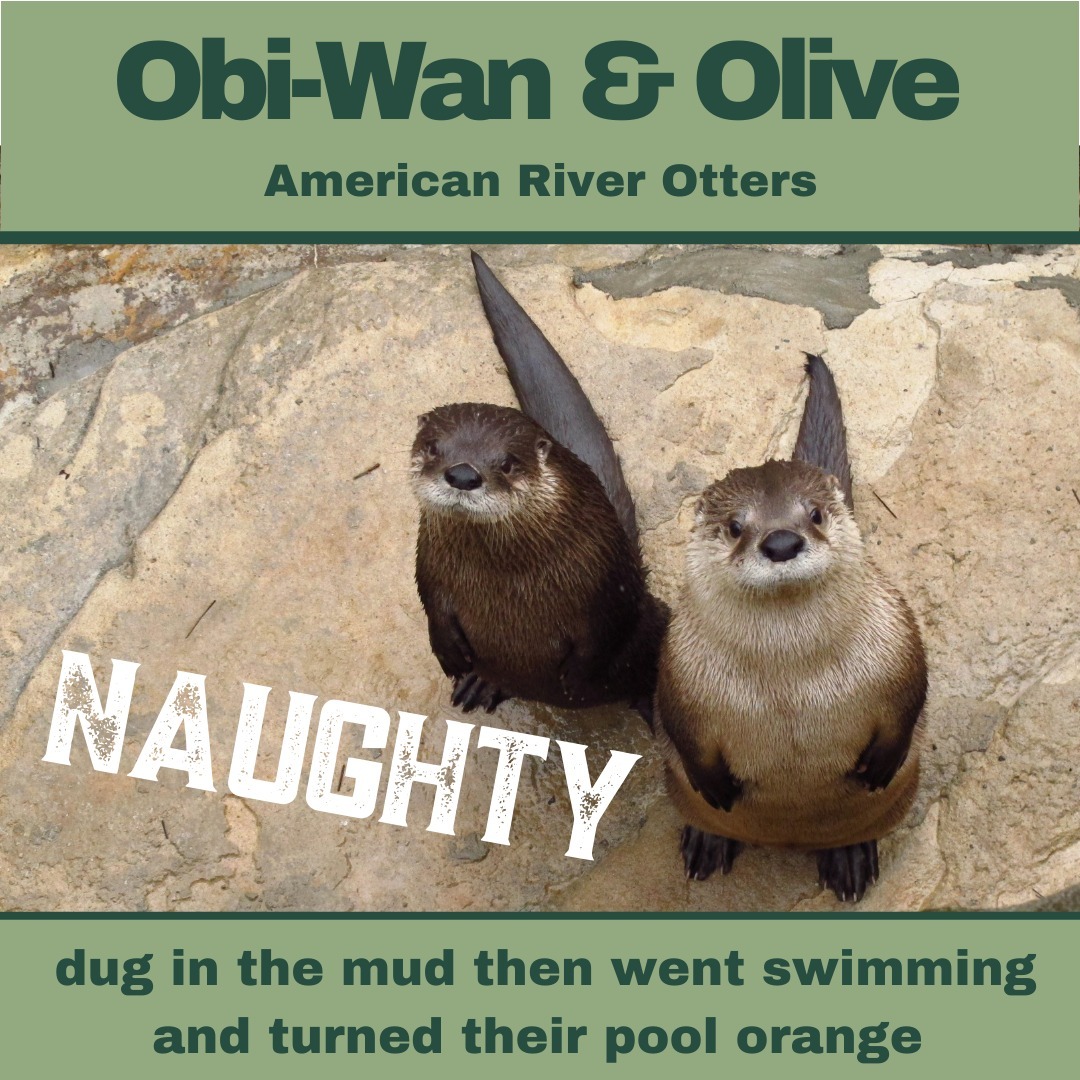Summary:
– Mud plays a fascinating role in the lives of animals
– River otters and box turtles enjoy playing in the mud
– Mud has both benefits and drawbacks for animals
– Mud masks can have a positive effect on the skin of some animals
– Some animals even use mud for camouflage and protection
Each month, our dedicated keepers observe and document the behavior of the animals in our zoo. They have an insight into these wonderful creatures’ daily lives, nothing and nice antics. In September, the river otters and box turtles caught our attention with their playful interaction with mud. Let’s explore these mischievous animals’ unique, fascinating aspects of these muddy adventures!
Mud, oh glorious mud! There’s just something about it that draws animals in. Maybe it’s the cool, squishy texture or the feeling of freedom as they roll around in it. Whatever the reason, mud seems to have an irresistible allure for many creatures. The river otters and box turtles in our zoo are no exceptions.
For river otters, mud is not just a playground but also a means of survival. These sleek and playful critters spend significant time in the water, hunting for fish and other small creatures. However, a muddy riverbank allows them to sunbathe, groom, and interact socially. Mud also helps maintain their body nature by keeping their skin cool and protected from the sun.
Box turtles, on the other hand, are land-dwelling creatures that thrive in forested areas. However, they, too, find joy in the occasional mud bath. Rolling around in mud allows them to cool off, moisturize their skin, and eliminate pesky pares that might be hitching a ride on their shells. It’s their version of a spa day with a natural exfoliation treatment!
But, as with everything in life, muddy adventures have pros and cons. While mud can be beneficial, there are some drawbacks to consider. One of the main concerns is the risk of infection or disease. Mud can harbor bacteria and other pathogens that could potentially harm the animals. That’s why our keepers closely monitor the health of our otters and turtles after their muddy escapades.
On a lighter note, have you ever heard of a mud mask? Humans often indulge in these beauty treatments to rejuvenate their skin; some animals can benefit from them, too. After a good romp in the mud, drying can help the skin, leading to a smoother and more youthful appearance. IRiverotters have been observed rubbing their muzzles against tree trunks to apply a “mud mask” to their faces. Who knew they were such beauty enthusiasts?
While mud has its practical advantages, some animals take it a step further and use it as a tool for camouflage and protection. African elephants, for example, have been known to coat themselves in mud to create a protective layer against the sun’s harmful rays and keep pesky insects at bay. Plus, the dried mud acts as a natisnscreen, preventing their sensitive skin from burning. It’s like they have their built-inscreen, all thanks to mud!
So, the next time you see our river otters and box turtles reveling in mud, remember there’s more to it than just a playful spectacle. Mud holds both benefits and risks for these creatures. It’s a natural playground, a beauty treatment, and a means of protection all rolled into one. And who can blame them for wanting to get a little dirty now and then? After all, life’s too short to resist the allure of mud!
*****
Source Description
We feature animals our keepers observed being particularly naughty or nice each month. Mud mask: Does mud? We get it – just about the mud draws us to it! The effects of playing in that mud made our river otters and box turtles naughty or nice for September!


